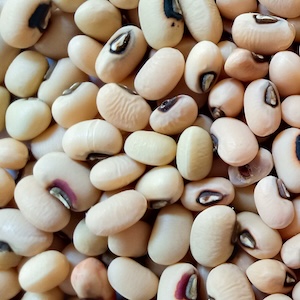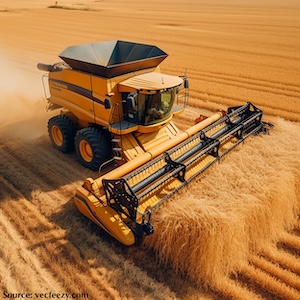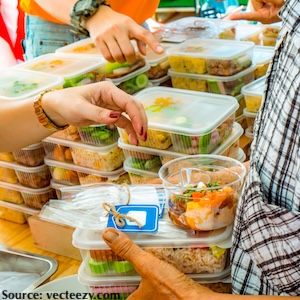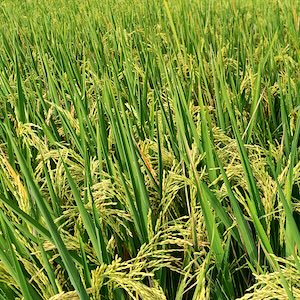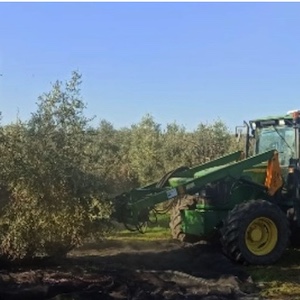Application of response surface methodology for optimisation of Cornelian cherry - Capia pepper leather dried in a heat pump drying system
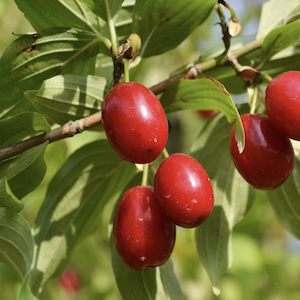
All claims expressed in this article are solely those of the authors and do not necessarily represent those of their affiliated organizations, or those of the publisher, the editors and the reviewers. Any product that may be evaluated in this article or claim that may be made by its manufacturer is not guaranteed or endorsed by the publisher.
Authors
The heat pump drying system was optimised for cornelian cherry-capia pepper leather production development using response surface methodology. The central composite design was used to optimise the process parameters in terms of drying time, coefficient of the performance of heat pump, coefficient of the performance of the whole system, specific moisture extracted ratio, energy consumption, drying rate and colour values. The optimal condition of independent variables was obtained as a cornelian cherry pulp concentration of 47.419% and drying temperature of 33.574°C with composite desirability of 0.846. Moreover, hydroxymethylfurfural (HMF) and effective moisture diffusivity (Deff) values of all runs were analysed. HMF was not determined in cornelian cherry-capia pepper leather. Deff values of cornelian cherry-capia pepper leather were between 1.026×10-9 - 1.532×10-9 m2s-1. The drying behaviour of cornelian cherry-capia pepper leather with optimal conditions acquired with the central composite design was evaluated with seven thin-layer drying models. The statistical parameters based on R2, root mean square of error and χ2 values were determined between 0.8267 to 0.9845, 0.004087 to 0.035626 and 0.000853 to 0.066247, respectively. Page and Modified Page models were assumed to represent the heat pump drying behaviour of the cornelian cherry-capia pepper leather in thin layers compared to the other models.
How to Cite

This work is licensed under a Creative Commons Attribution-NonCommercial 4.0 International License.







